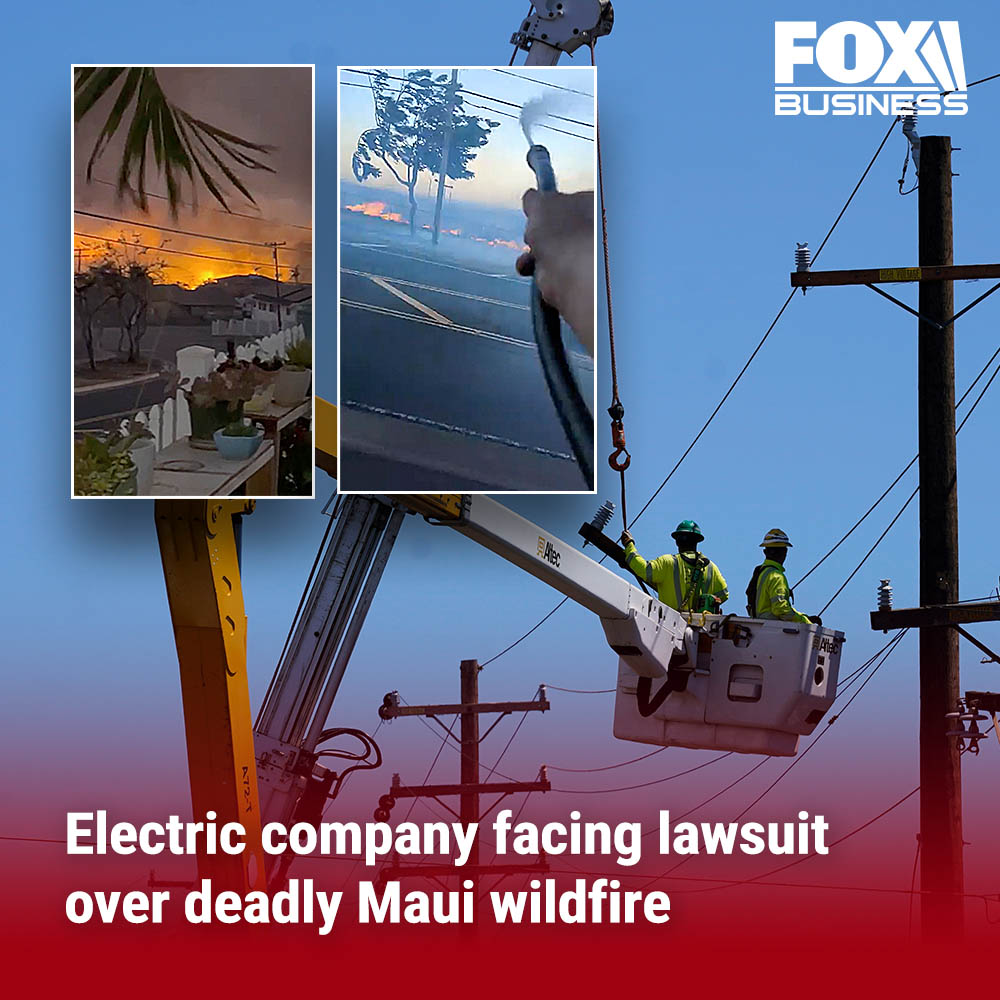Hawai’i’s primary energy provider faces at least three lawsuits, two of which seek class action status, after catastrophic wildfires devastated the state.
The tragic and deadly wildfires that have swept through Hawaii have sparked a passionate debate on their cause. While many on the left side of the political aisle attribute the disaster to the looming specter of climate change, there may be more to the story than meets the eye.
Hawaii’s Democratic leadership, including Gov. Josh Green and the overwhelmingly Democratic state legislature, have professed their intent to make Hawaii a global leader in clean energy solutions. Yet, evidence suggests that this may have diverted critical attention away from immediate hazards.
CATCHING HEAT: Class-action lawsuit alleges Hawaiian Electric Co. kept power on despite high wind warnings ahead of wildfires that have left nearly 100 dead. https://t.co/WGixzhRDCc pic.twitter.com/0M4S3W4mTJ
— FOX Business (@FoxBusiness) August 16, 2023
Hawaiian Electric, the state’s predominant energy provider catering to almost the entirety of the state’s 1.4 million populace, is under intense scrutiny. A recent lawsuit filed against them alleges that their “negligent and reckless operation” directly caused the devastating Lahaina fire.
Hawaiian Electric, which serves 95% of the state’s 1.4 million residents, was slapped with a lawsuit (below) Wednesday, which alleged the “negligent and reckless operation” of its infrastructure “necessarily cause the Lahaina fire,” reported Forbes.
The utility company, which also owns one of Hawaii’s biggest banks, issued a statement on Aug. 8, noting there were scores of downed electric poles in various parts of Maui and warning Hawaiians to assume they were energized.
However, the company didn’t take the precautionary step of shutting down their power lines despite clear high wind warnings. Their Chief Executive, Shelee Kimura, confirmed this oversight.
Mikal Watts, one of the attorneys leading the lawsuit, asserts that Hawaiian Electric’s decision to postpone vital grid modernization projects led to this catastrophe. Since the inferno, multiple lawsuits echoing similar grievances have been filed.
The issue isn’t new. As far back as 2019, The Wall Street Journal reported that Hawaiian Electric recognized the imminent threat posed by wildfires and the necessity to prevent their power lines from causing them. Despite the evident dangers, it appears that little was done, with the utility company spending a mere $245,000 on wildfire-specific projects in Maui over a span of three years.
One plausible reason for this oversight? A shift in priorities. Hawaii’s 2015 mandate, penned largely by Democratic lawmakers, set ambitious targets for renewable energy adoption. Targets included reaching 40% renewable sources by 2030 and a whopping 100% by 2045. Former chair of Hawaii’s utility commission, Mina Morita, weighed in on this, indicating that political attention was more centered on electricity generation than on wildfire risk.
This gravitation towards green energy over immediate safety has been costly. While Hawaiian Electric had proposals to spend around $190 million on necessary maintenance and fire-prevention measures, the company awaited state approval to pass these costs onto consumers before initiating work.
The role of power lines in causing wildfires isn’t exclusive to Hawaii. Bloomberg highlighted similar instances in mainland U.S., with California’s PG&E Corp. declaring bankruptcy in 2019 after their equipment led to numerous fires, most infamously the 2018 Camp Fire.
The repercussions of the Hawaii wildfires have been immense and devastating. As of the last count, the death toll stands at a heartbreaking 111 individuals. The debate on whether this tragedy stems from negligence or the broader implications of climate change rages on. But one thing is clear: the need for balanced, proactive decision-making has never been greater.
